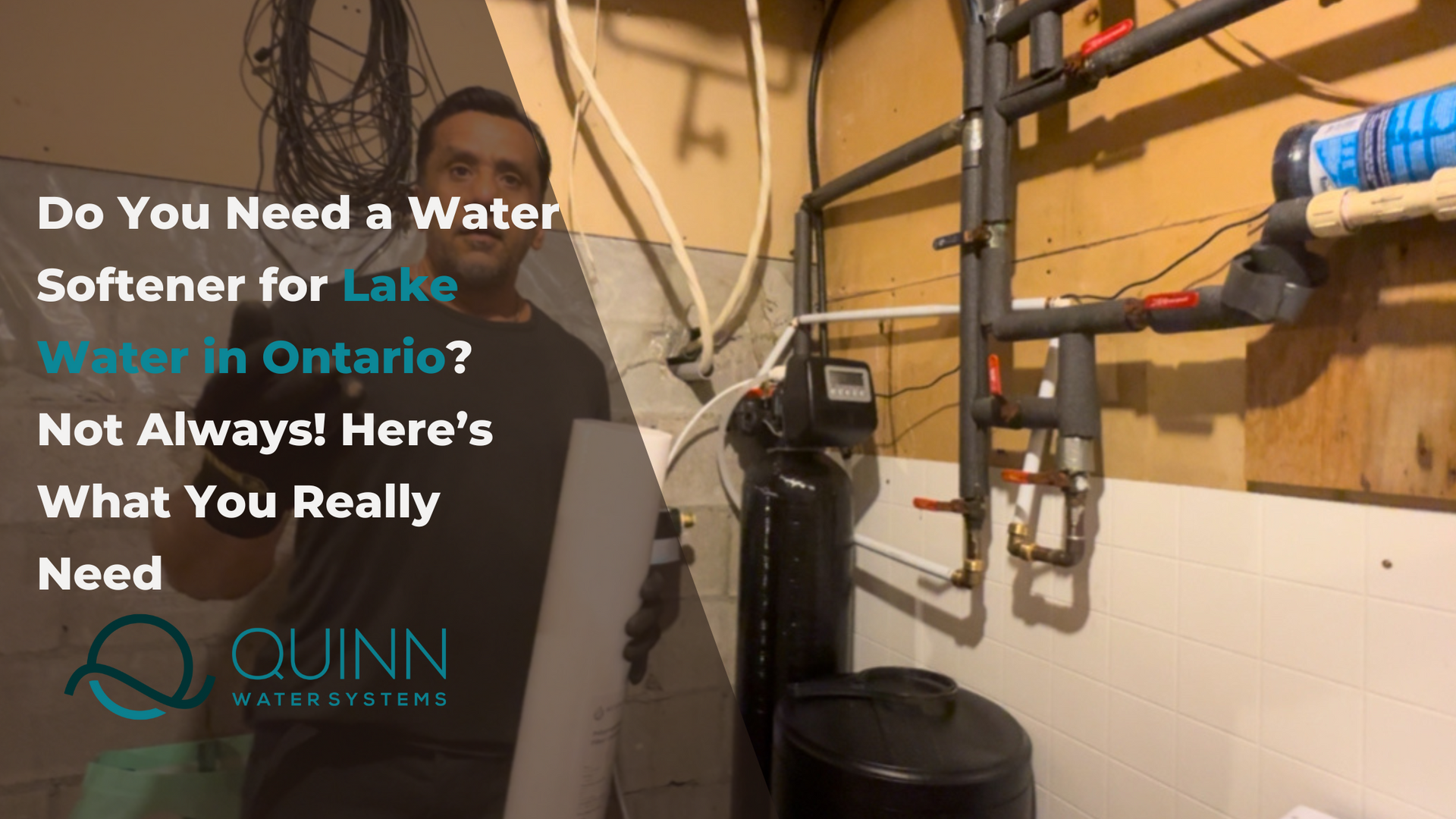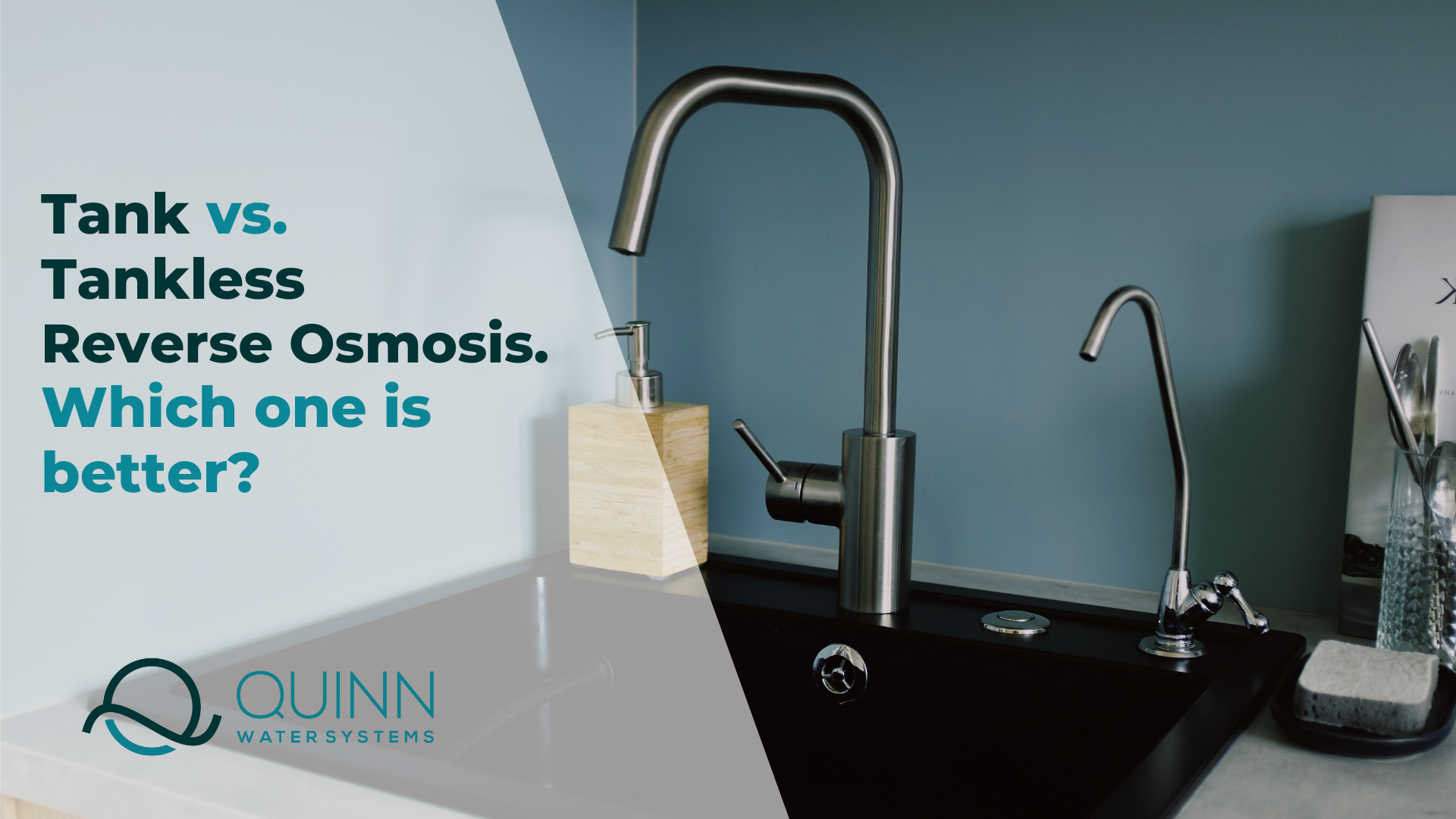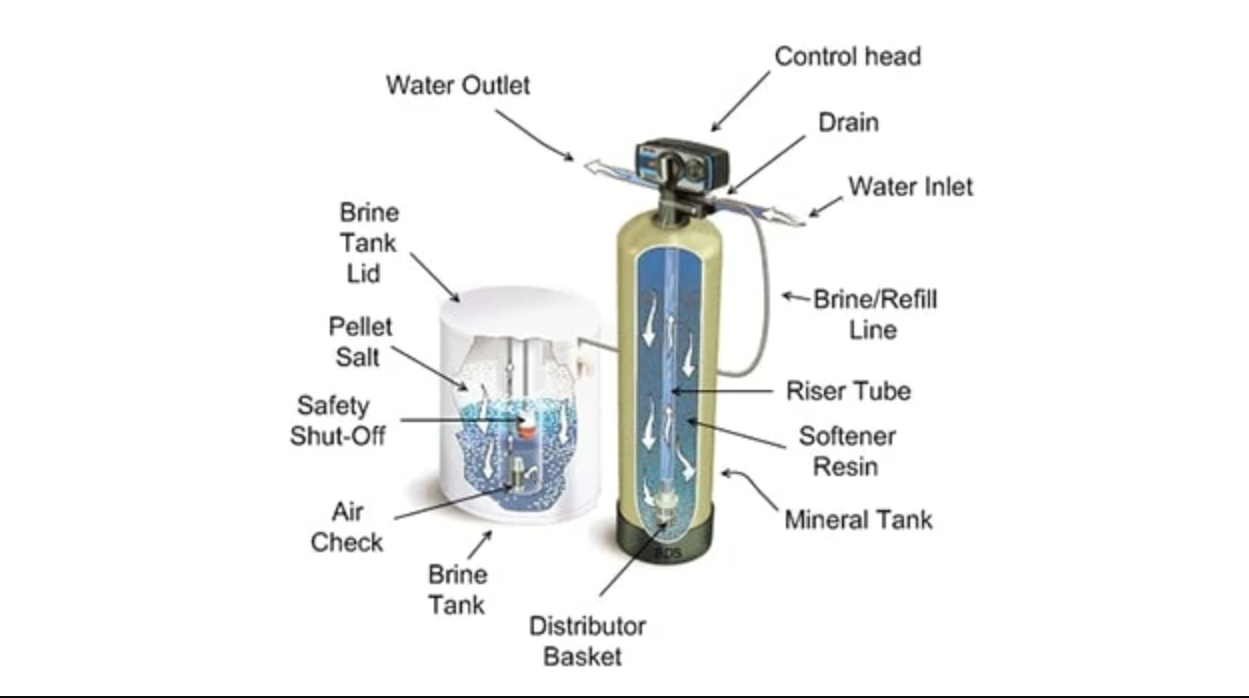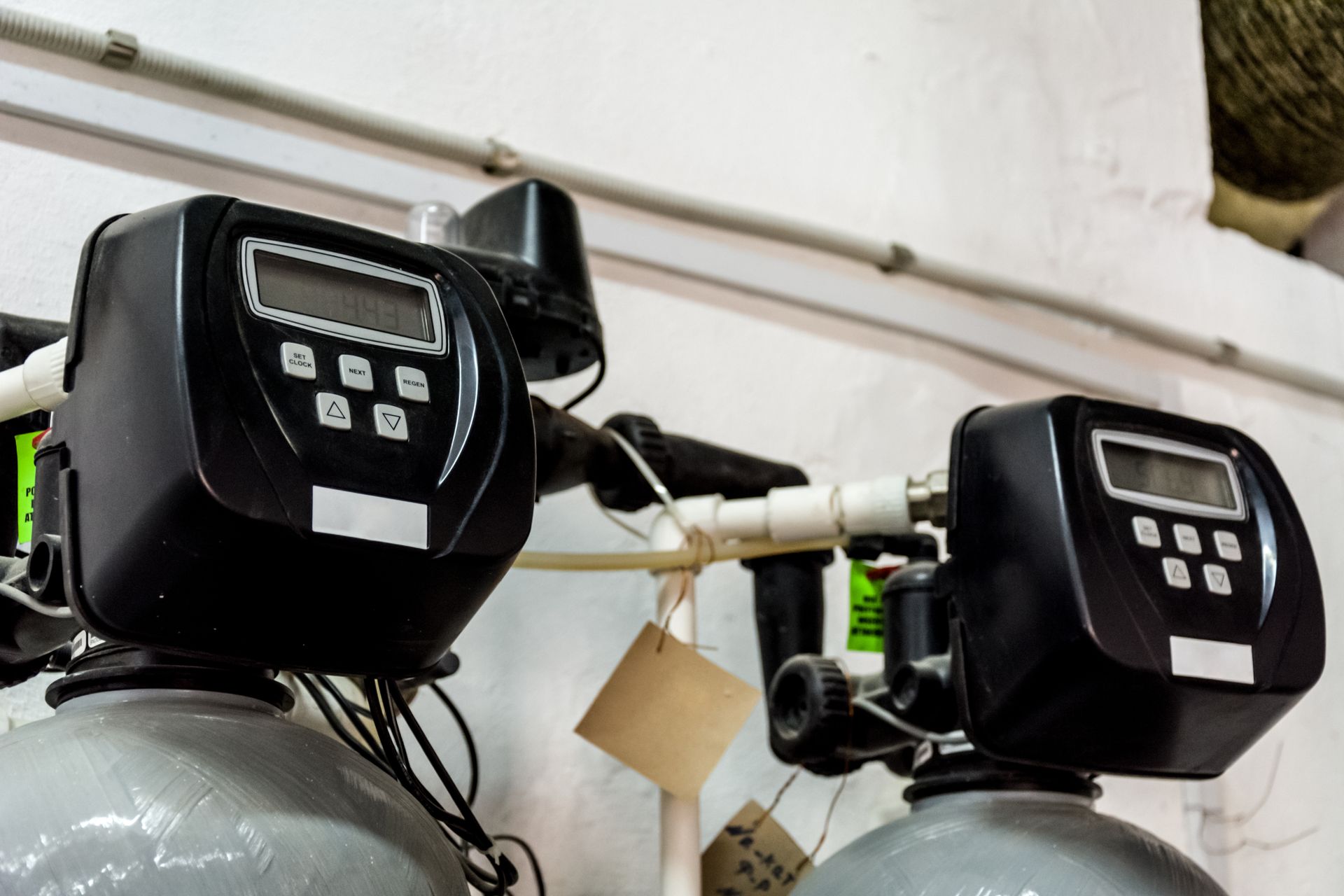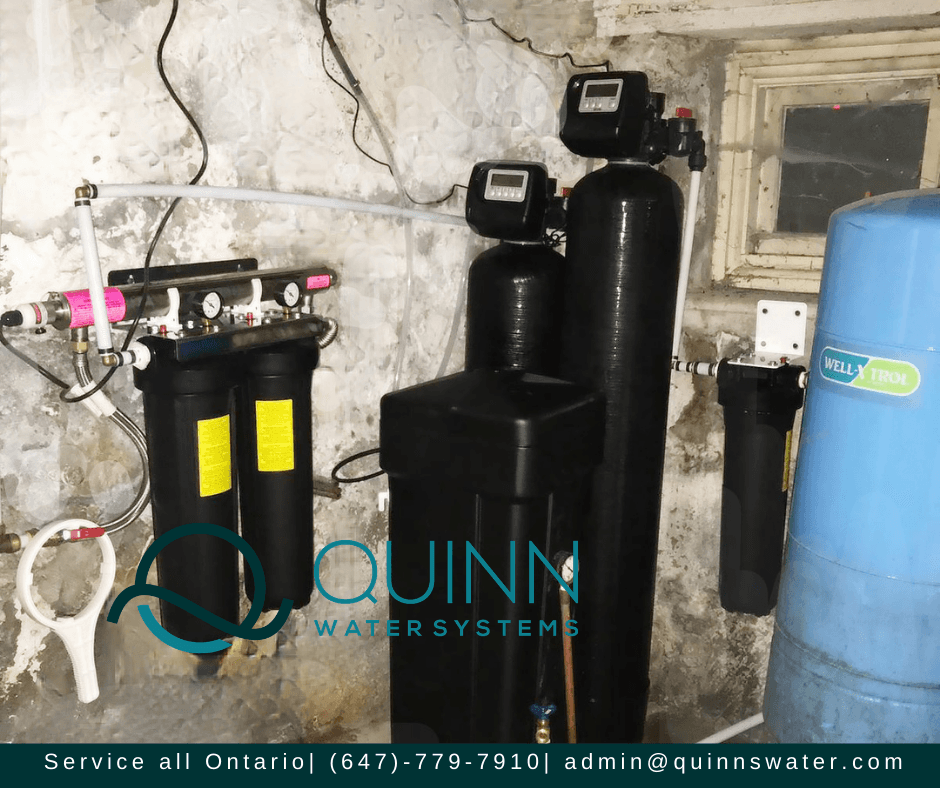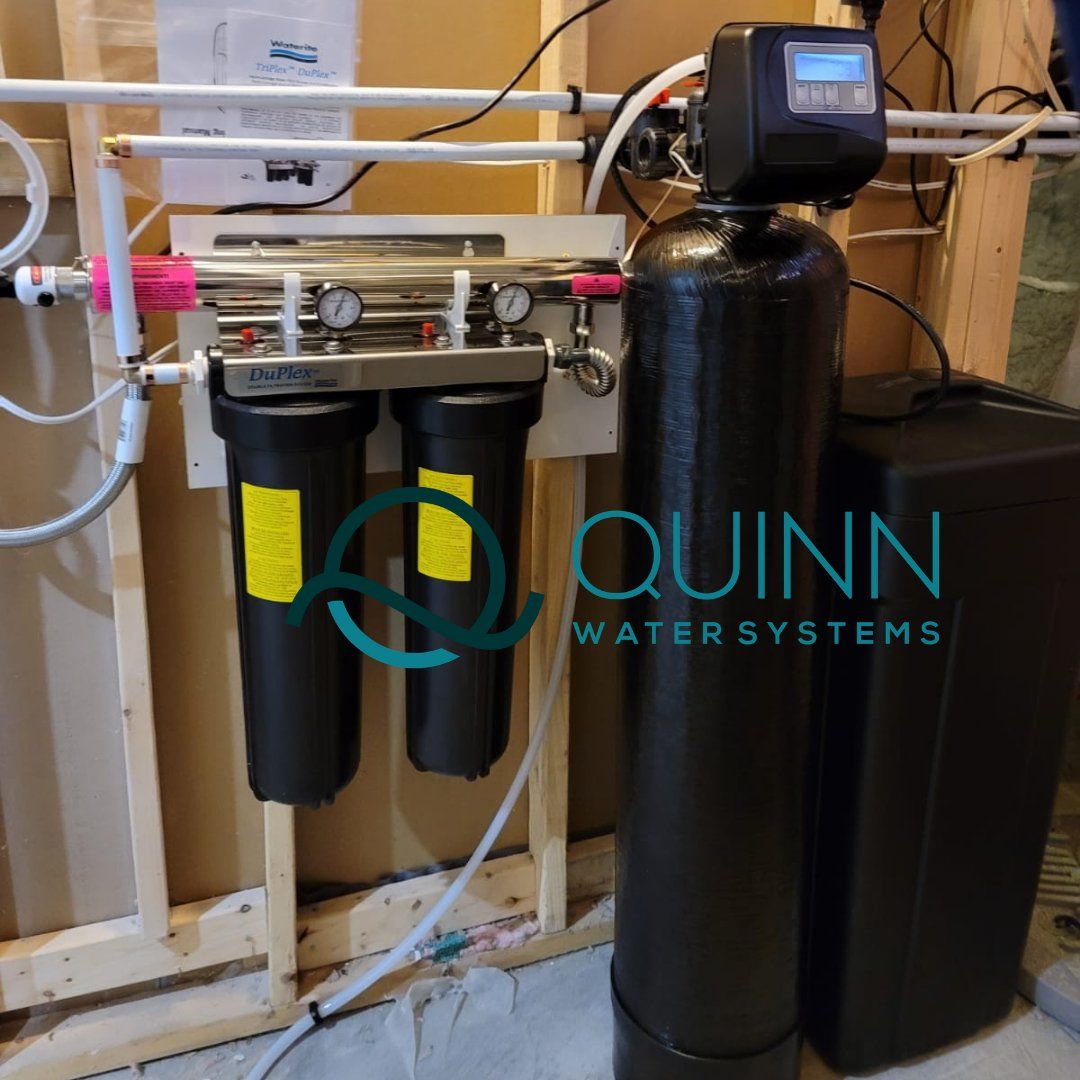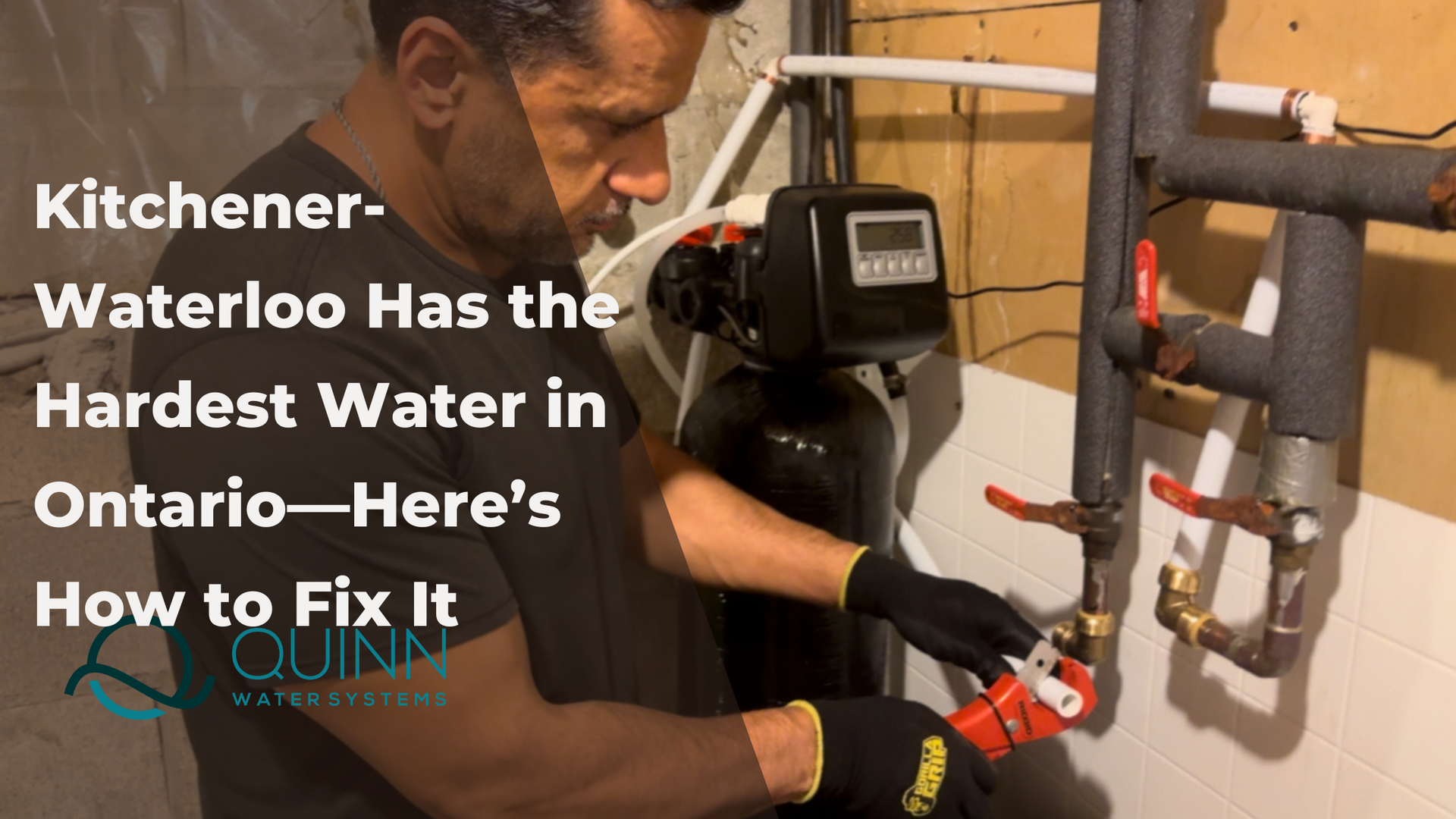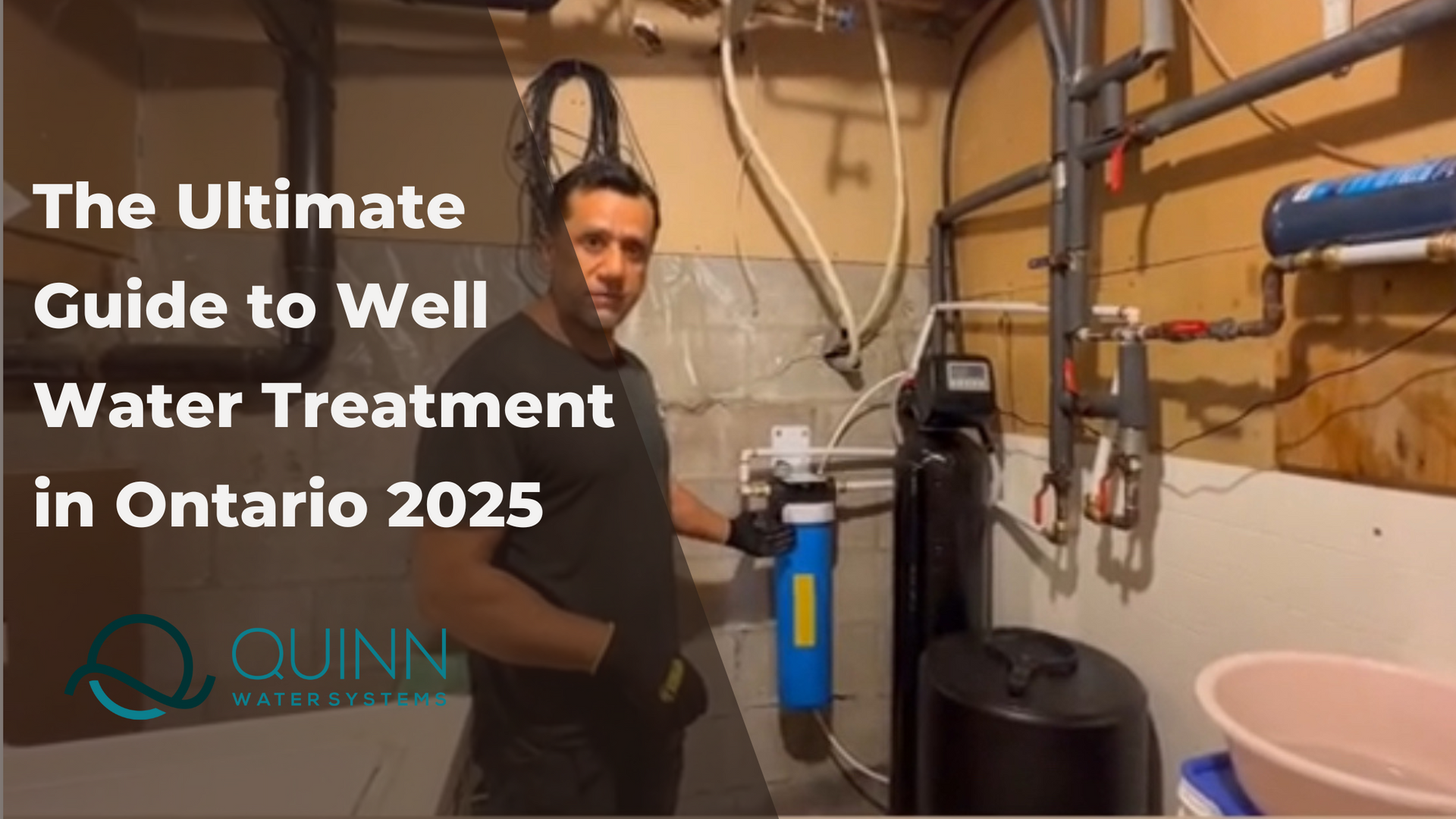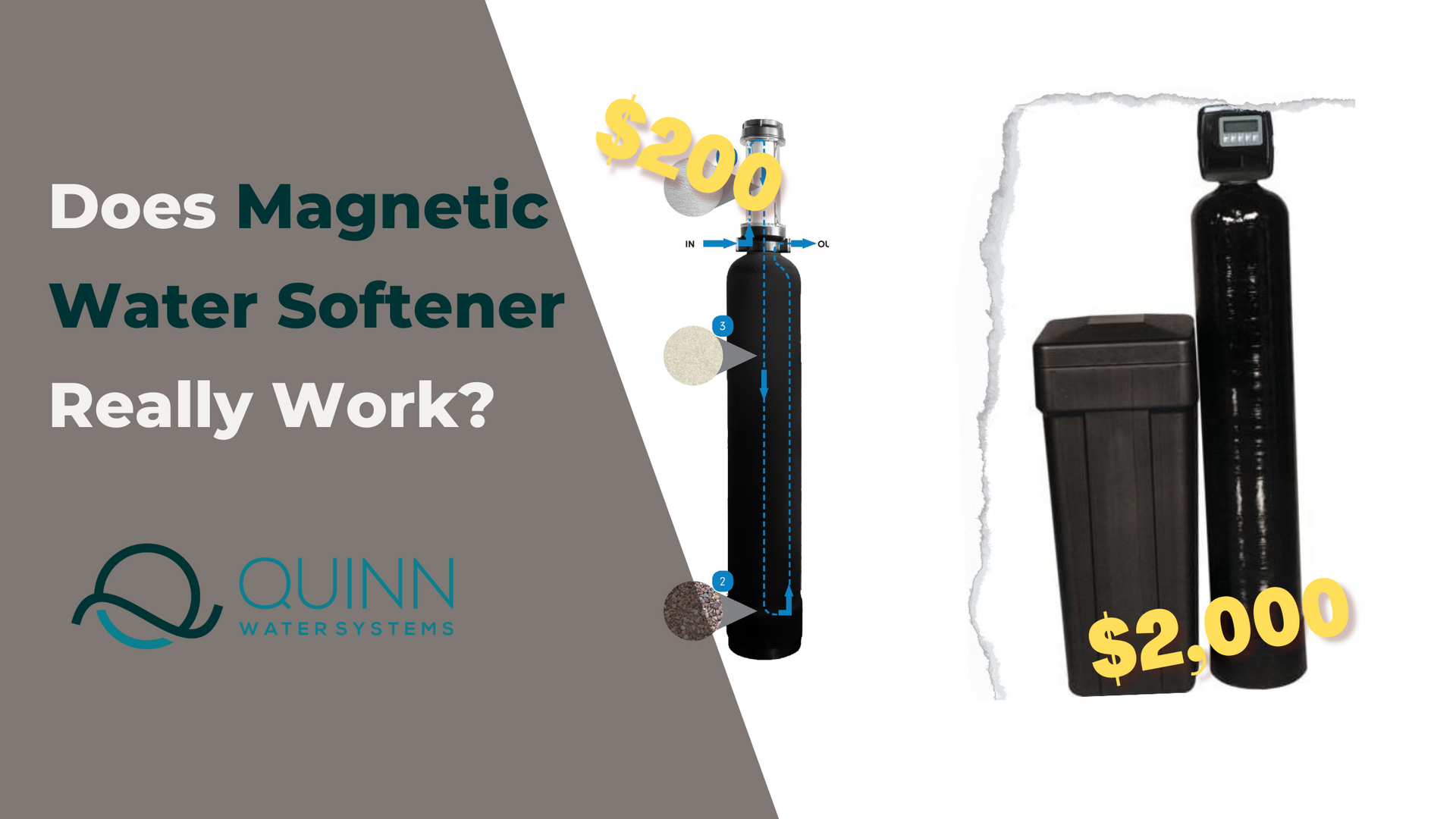Water Softener - How To Tell If It is Usable after 5 years?
If you just moved in a new house with existing water softener that has been in use more than 5 years, how to tell if it is usable?

Q: Five years ago, we acquired a house that came with an unused water softener in the basement. Since it was unplugged at the time of purchase and there's no installation date visible, we have yet to use it. If possible, I'd like to begin utilizing this item as soon as possible!
Is there any way for me to determine if this system can be utilised or would it need emptying first?
If you’ve had a Water Softener for more than five years or just moved into a house with an existing water softener, it’s important to check that it’s still in working condition. Over time, the components of your Water Softener may wear out and need replacing. To know whether your Water Softener is still working at its highest level after five years, consult with a reliable local Water Softening expert. This specialist can assess issues such as corrosion, scale buildup and efficiency for an accurate verdict. If only slight maintenance is needed to maintain the system's functionality, act without delay! Read more to learn what factors to look out for.
Signs That Water Softener System Might Need Replacing
The most common sign that your Water Softener needs replacing is if the condition of your home’s tap water has changed. If you notice that the taste or smell of your tap water is different than it was before, this could indicate that the filter needs to be replaced. Additionally, if you notice higher levels of calcium and magnesium in your drinking water, this could also be a sign that something isn’t quite right with your system.
Testing Your Water Softener System
It's possible to test the efficacy of your system by testing the hardness of the incoming and outgoing water. On average, incoming hard water will measure between 12-20 GPG (grains per gallon), while softened water should measure between 1-2 GPG. If there is no reduction in hardness when tested, then it's likely that either the system is not functioning correctly or needs servicing. A professional should be contacted immediately if this happens as they will be able to accurately diagnose and repair any issues with your system. Some other factors need to look out for:
Condition of the Mineral Tank and Salt Tank
The mineral tank and salt tank are two of the most important components of a water softener. If either one of these tanks is damaged or corroded, then it may no longer be usable. To check whether they are in good condition, first inspect them for any cracks or corrosion spots. If there’s significant damage, then you should replace the tanks immediately. Otherwise, it’s time to move on to the next step.
Check the Control Valve
The control valve is responsible for regulating the flow rate of softened water into your home. If it’s not working properly, then it could cause problems with your plumbing system or even reduce the efficiency of your water softening system. To check if your control valve is working correctly, turn off all other sources of water in your house and check to see if there is any residual pressure from the valve when you open up a tap or shower head elsewhere in the house. If there isn’t any pressure at all coming from the valve, then it might be time for a replacement.
Check Salt Levels
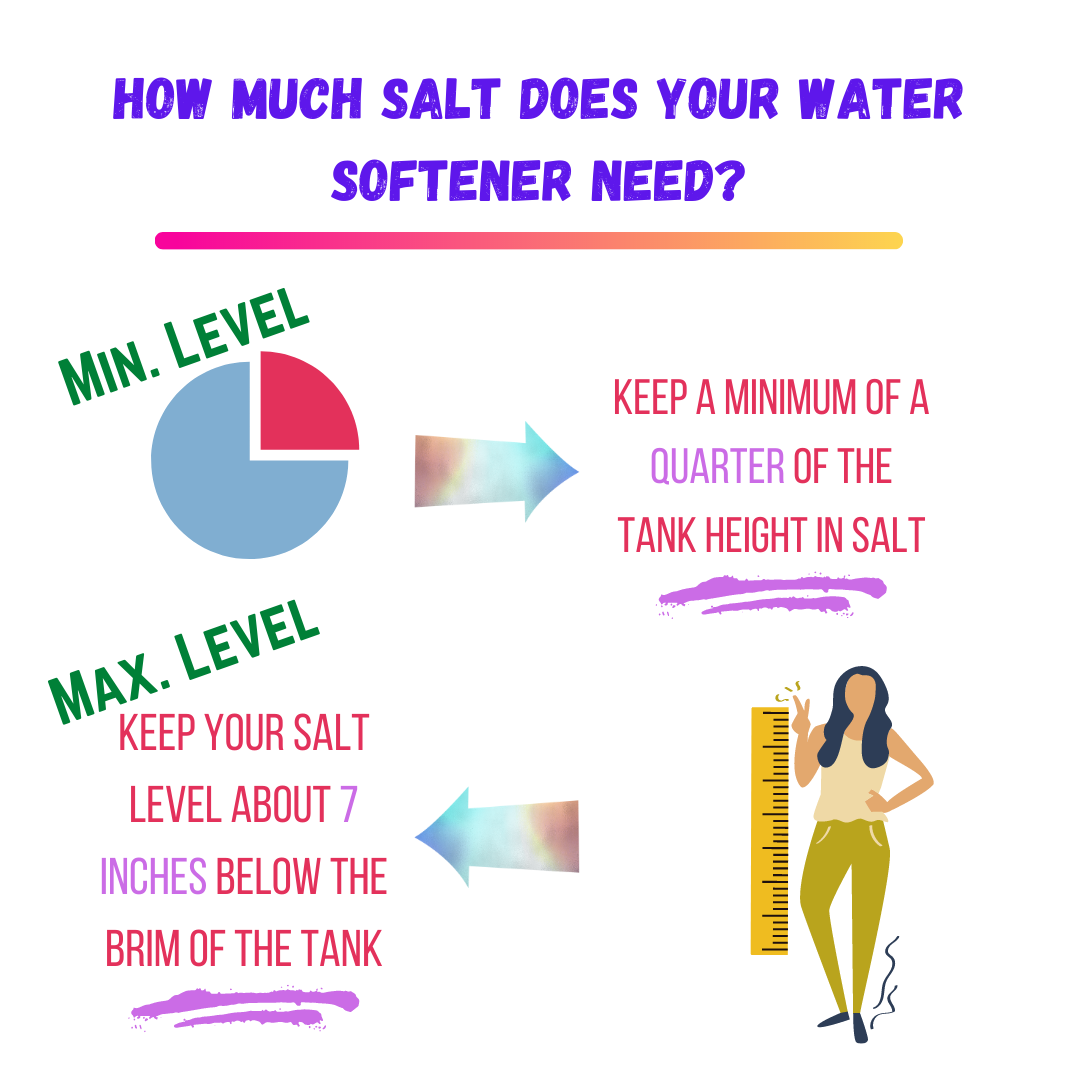
Salt level also plays an important role in determining whether or not your water softener is still usable after five years; too much will cause scale buildup while too little won't prevent limescale from forming on fixtures and appliances around your home. To check salt levels, remove a sample of brine solution from inside the salt tank using a drinking glass and measure its salinity using a digital refractometer—make sure to record this data as well so that you can compare it against future readings taken from other samples! Once done, if salinity levels seem low compared to what they should be (this will depend on what type of salt block you use) then top off with more salt until levels reach an acceptable range before continuing on with other checks for usability.
The answer
As long as your mineral tank and salt tank are in good condition and not corroded or cracked; The control valve works correctly; And salt levels remain optimum; Then chances are that yes - Your water softener should still be usable after 5 years! However - Always remember to keep track of regular maintenance tasks like checking these components every six months - That way you'll know exactly when something needs replacing and avoid costly repairs down the line!
Other Water Softener Maintenance Tips
Regularly cleaning out sediment from the brine tank can help keep your system functioning at its best. This should be done at least once a year as part of regular maintenance for any type of filtration system or softening device. It's also important to ensure that all connections are secure and free from any corrosion or damage as this can affect efficiency over time. Finally, having an annual service checkup performed by a professional can help catch any minor issues before they become major problems which require expensive repairs or replacements down the line.
In conclusion, there are several ways that you can tell if your water softener is still usable after 5 years of use - checking salt levels, looking for leaks and listening for strange noises being some of them! However, if you're ever unsure about any aspect of maintaining or repairing your unit then it's always best to get in touch with a professional like Quinn Water Systems who will be able to provide expert advice on what needs doing next! So keep these tips in mind next time you need to evaluate whether or not your unit is up to scratch - they could save you a lot of trouble down the line!
Get Free Consultation
Share this blog
Blog Posts
